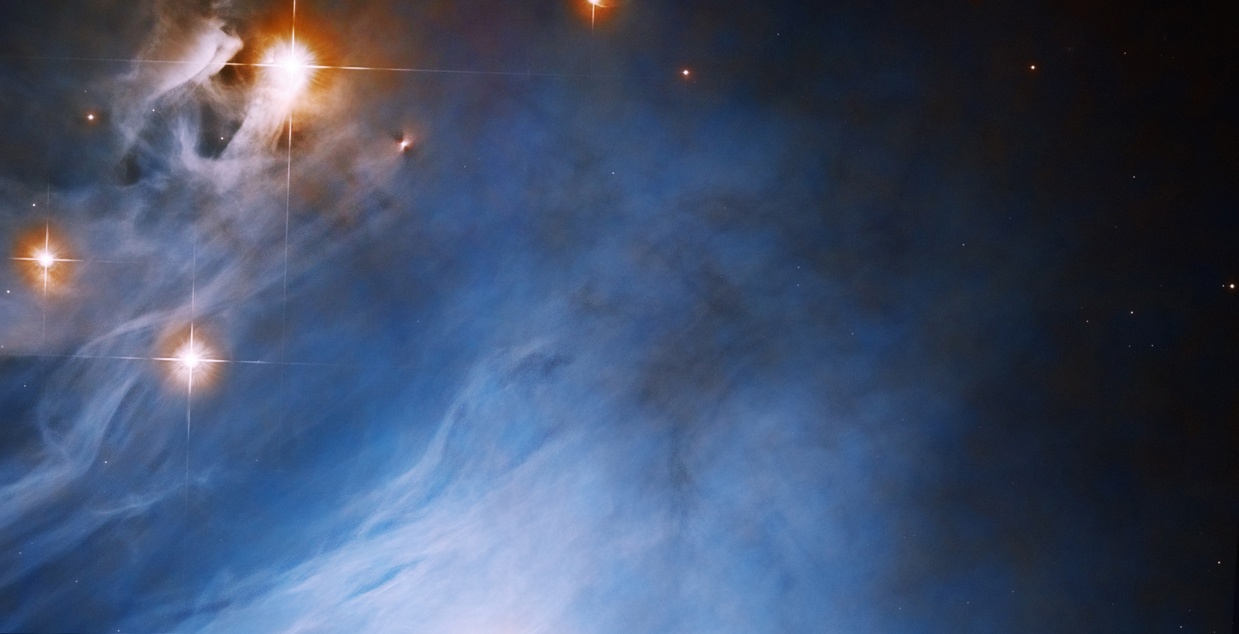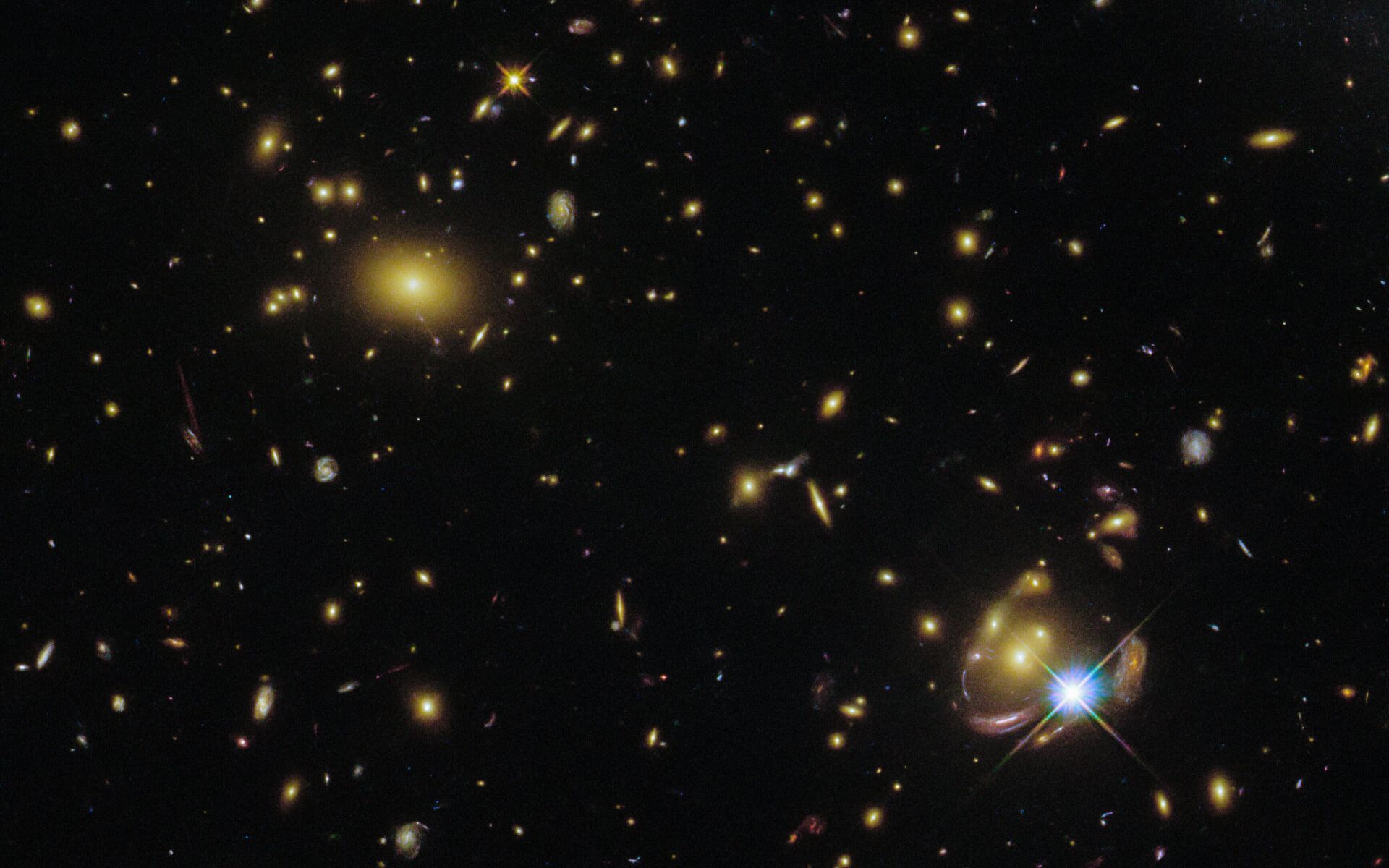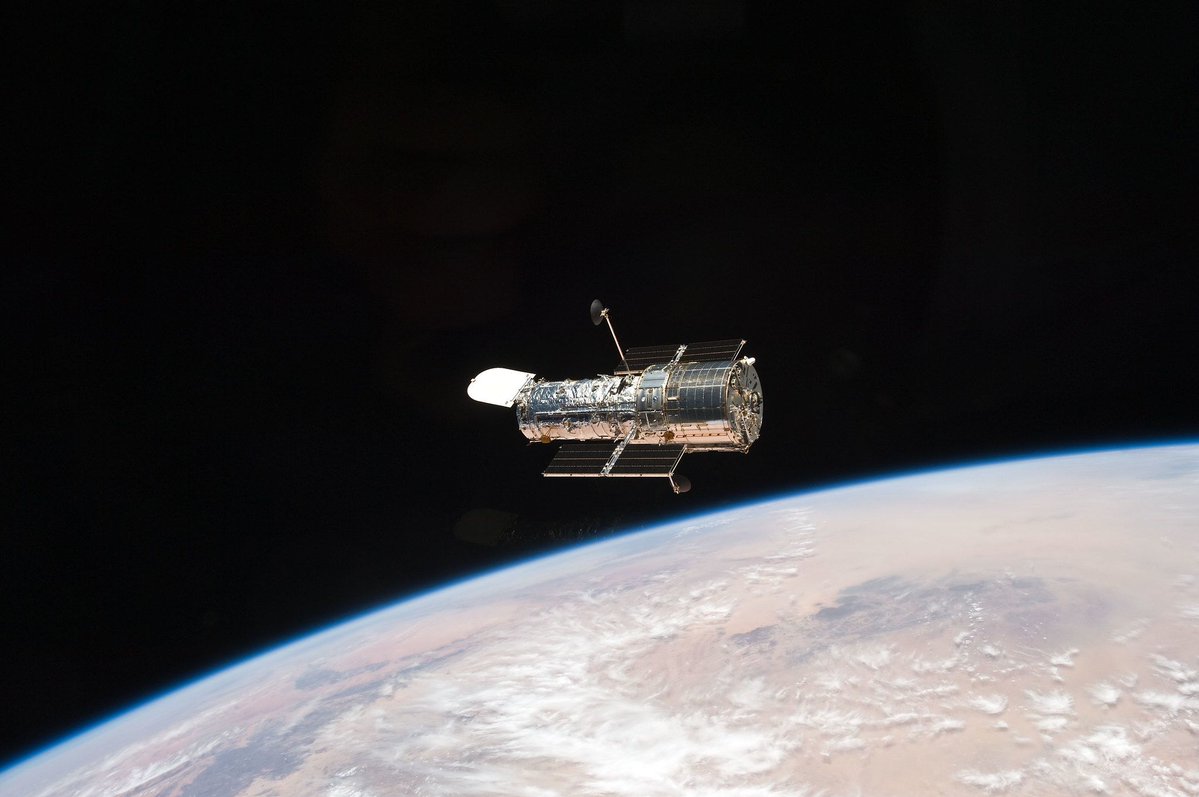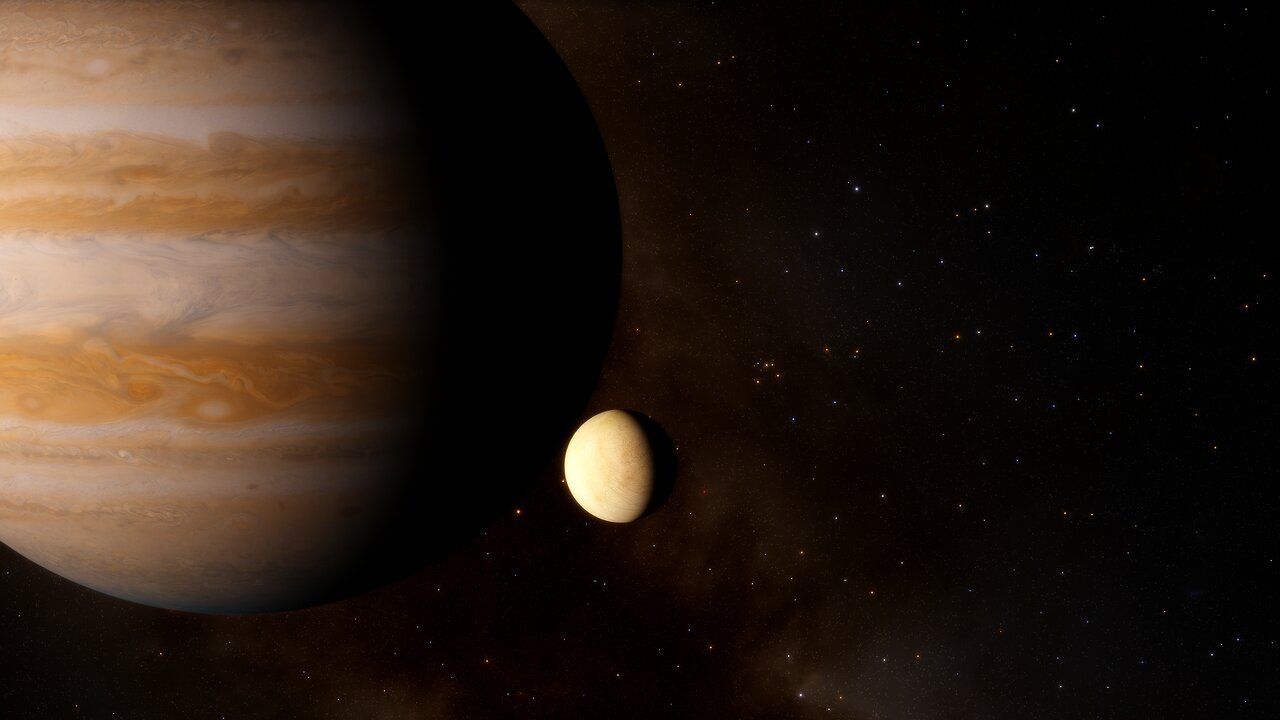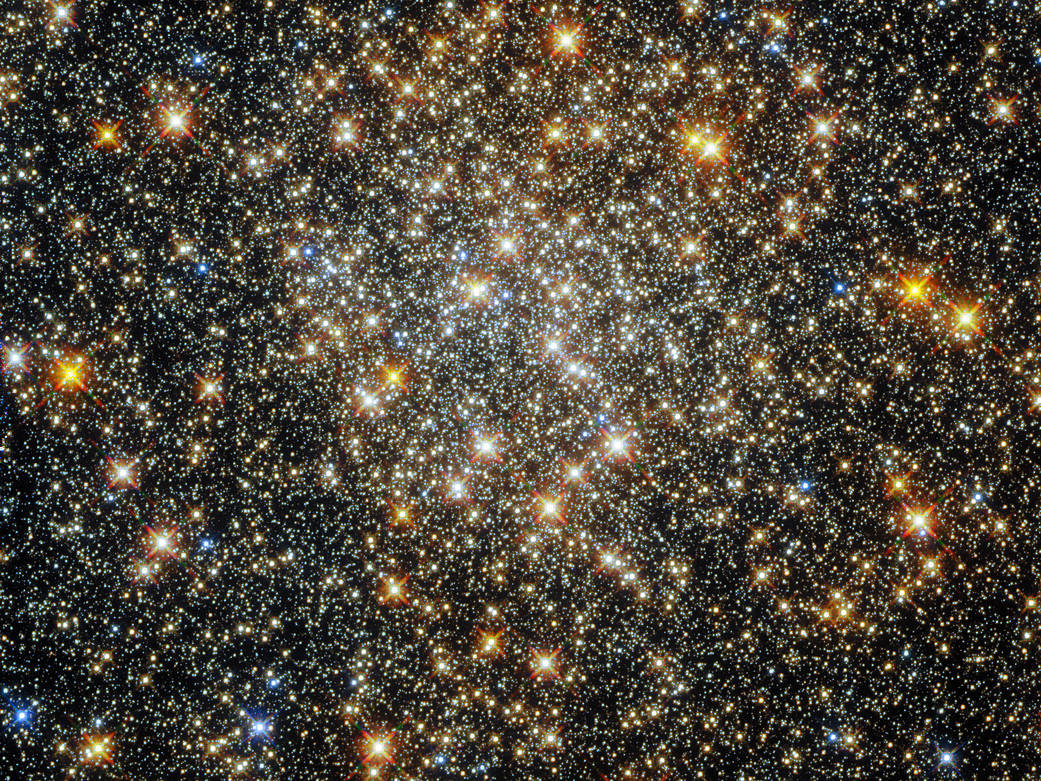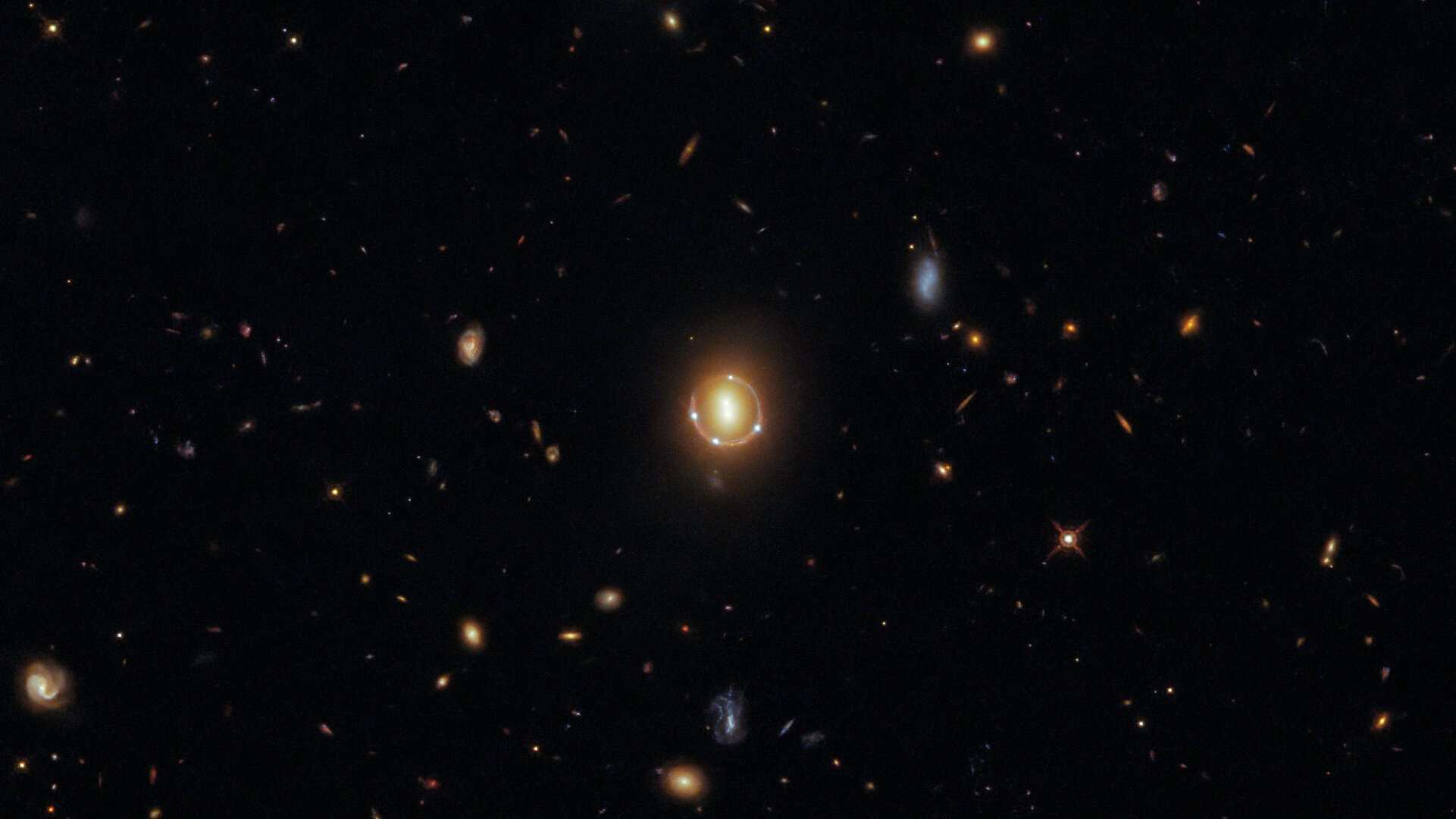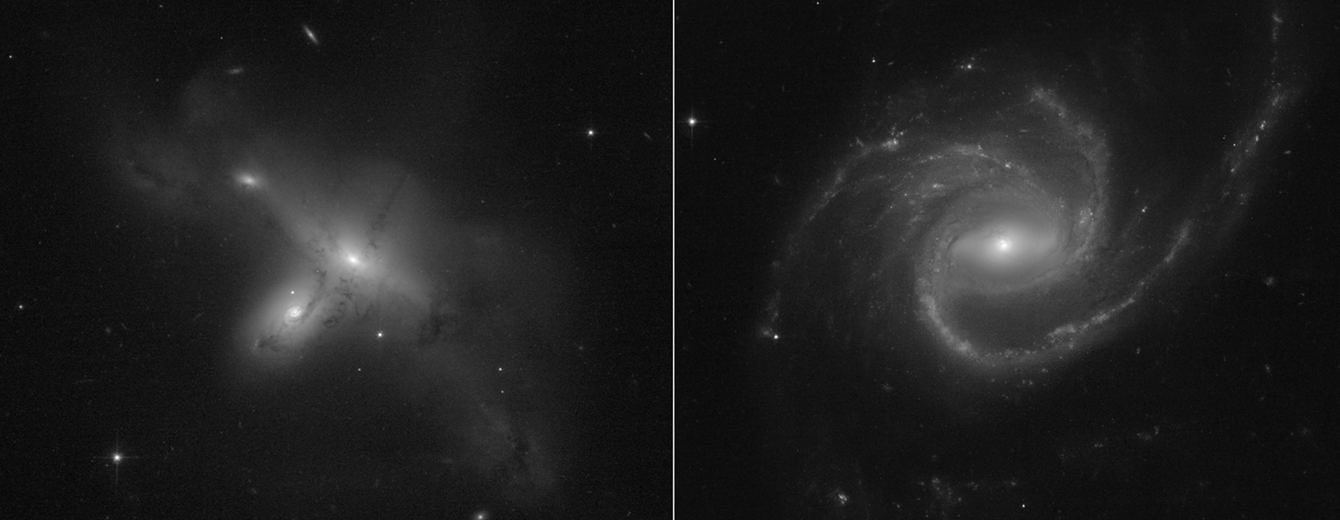The interplay of energy and matter creates beautiful sights. Here on Earth, we enjoy rainbows, auroras, and sunsets and sunrises. But out in space, nature creates extraordinarily dazzling structures called nebulae that can span hundreds of light-years. Nebulae are probably the most beautiful objects out there.
While searching for young stars and their circumstellar disks, Hubble captured a classic reflection nebula.
Continue reading “This is a Classic Example of a Reflection Nebula, Where the Reflected Light From Young Hot Stars Illuminates a Protostellar Cloud of Gas and Dust”
